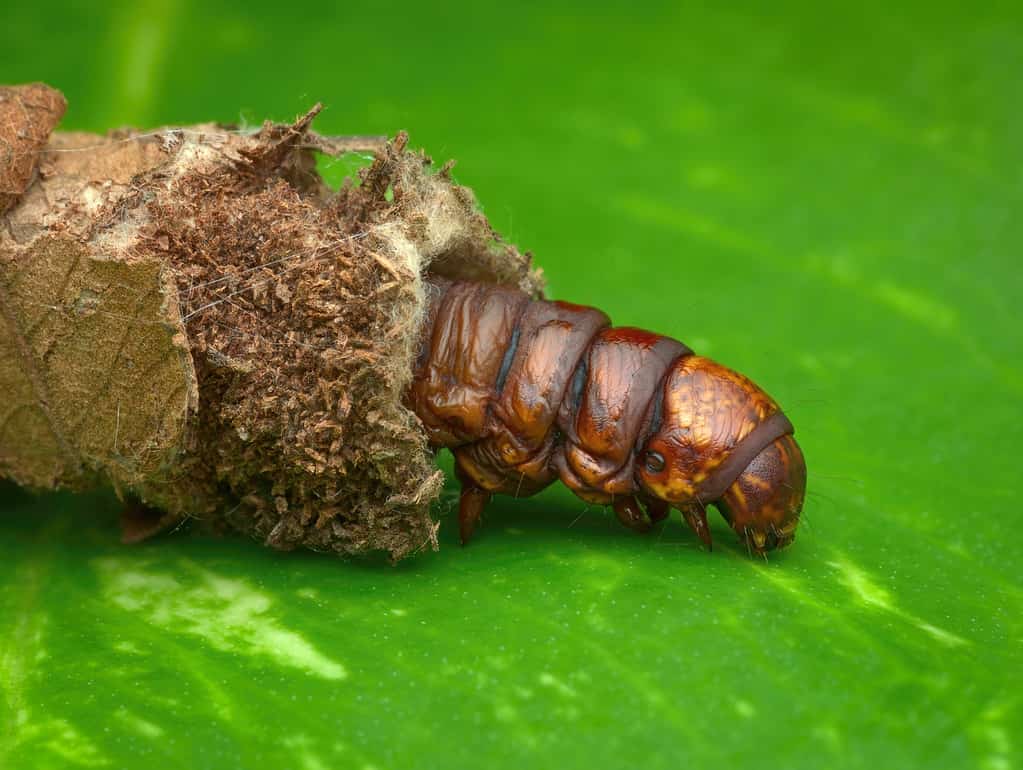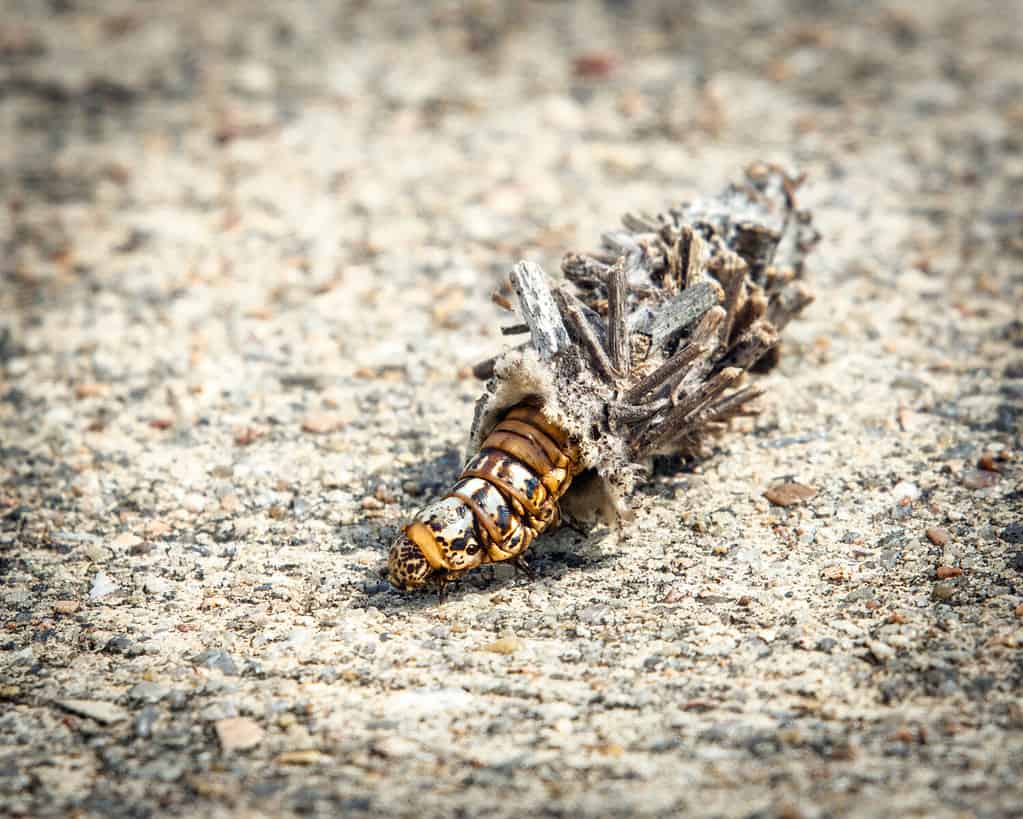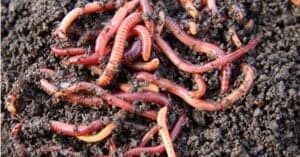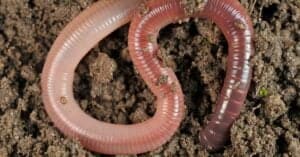Are those pesky bagworms wreaking havoc on your beautiful garden or landscape? Don’t worry, because we’ve got you covered with the exact steps needed to reclaim your outdoor space! If you put in the time and effort, you can finally say goodbye to those pesky bagworms for good. But before we get into how to get rid of bagworms in your yard, let’s examine the reasons why you would want to.
Why Should Gardeners Try to Kill Bagworms?
Some gardeners out there may encounter the pesky pest called the bagworm, which can wreak havoc on their beloved plants and trees. Controlling bagworm populations is crucial to maintaining a healthy and vibrant garden.
Protecting Plant Health
Bagworms are notorious for their voracious appetites, feasting on plant foliage. Left unchecked, they can cause significant damage, leading to weakened plants, stunted growth, and reduced flowering. By controlling bagworm populations, gardeners can ensure their plants remain healthy and vibrant, promoting optimal growth and development.
Aesthetics and Garden Appeal
Who doesn’t love a beautiful garden, for landowners and visitors alike? Unfortunately, plants that are targeted by bagworms can have a dying, unsightly appearance that can ruin the vibe of the entire landscape. By managing bagworms, gardeners can maintain the aesthetic appeal of their garden, creating a welcoming and visually pleasing space.
Preventing Economic Losses
In agricultural settings, bagworms pose a significant threat to crops, potentially causing economic losses for farmers. The pest’s extensive feeding can lead to reduced yields and financial strain on agricultural enterprises. By implementing bagworm control measures, farmers can safeguard their crops and ensure a successful harvest.
Preserving Ecosystem Balance
The presence of bagworms in large numbers can upset the ecological balance in the garden. As invasive species, they may outcompete native plants, negatively impacting biodiversity. By controlling bagworm populations, gardeners can support a healthier ecosystem, promoting a harmonious balance among the plant and animal species in the area.
Preventing Spread to Neighboring Areas
Bagworm infestations can quickly spread to nearby gardens and landscapes. Addressing the issue promptly can prevent further outbreaks and help maintain a pest-free environment for neighboring gardeners.
What Exactly Are Bagworms?
Bagworms are insects classified under the family Psychidae, which belongs to the order Lepidoptera. This order includes butterflies and moths, making bagworms distant relatives of these well-known insects. The family Psychidae comprises over 1,350 species found across the globe, making them a diverse and widespread group.
Diet
The damaging eating habits of bagworms have earned them a bad reputation. They eat mostly plant matter due to their herbivorous nature. Their major food source is the leaves and needles of various trees and shrubs, which they munch up in great quantities. Because they feed on leaves, they are known as defoliators due to the harm they do to plants. Host plants include juniper, arborvitae, pine, cedar, oak, maple, and spruce.
Appearance
Bagworms undergo several life stages, each characterized by distinct appearances. As larvae, they have caterpillar-like bodies with six true legs and several pairs of false legs, which help them move and grasp onto surfaces. Their bodies are covered in tiny hairs and exhibit a range of colors, including brown, green, or black. The most striking feature is the protective bag they construct to conceal themselves while feeding.

Bagworm caterpillars cover themselves with a protective case, which makes them very easy to identify in gardens.
©iStock.com/Abdul Latif
The Bag: A Protective Camouflage
The bag is the hallmark of bagworms and plays a vital role in their survival. Using silk produced by specialized glands, the larvae attach bits of plant material to the outside of their bags, creating a protective outer layer. This bag serves as camouflage, helping them blend in with their environment and avoid detection by predators. As they grow, bagworms extend their bags and add more plant material, making them increasingly difficult to spot.
Habitat
Bagworms live in many different places, but they enjoy forests and urban areas quite a bit. Gardeners and homeowners often encounter them in their yards and gardens, where host plants are plentiful. In their early larval stages, bagworms build their bags on the branches or foliage of evergreen trees. As they mature, they may attach their bags to fences, walls, or other structures nearby. This versatility in habitat selection allows them to spread to new areas and find ample food sources.
How to Kill Bagworms Through Manual Removal
Pests like bagworms may be a real eyesore in residential gardens, wreaking havoc on your plants and diminishing the aesthetic value of your yard. However, there are non-toxic methods of pest management that are quite effective. Manual removal is an eco-friendly and efficient method that you can implement.
Step 1: Identify Bagworm Infestation
Always make sure to identify the signs of a bagworm infestation before implementing any sort of pest-control method. Luckily, identifying bagworms is easy. Simply looking for little cone-shaped bags hanging from plants and trees around your garden. These bags are usually about an inch long and may be mistaken for pine cones or natural plant structures. Check the leaves and stems of your plants for signs of bagworm feeding, such as small holes or defoliation.
Step 2: Timing is Key
Timing is crucial when dealing with bagworms. Plan your removal efforts during the early stages of their life cycle. Bagworms are most vulnerable in late fall, winter, or early spring when they are still in their larval stage. During this time, the young bagworms are more exposed and easier to spot and remove.
Step 3: Gather the Right Tools
Equip yourself with the necessary tools for effective bagworm removal. Gardening gloves for hand protection, sharp shears or scissors, and a container for discarded bags are all necessities. Having access to these resources will speed up and simplify the procedure.
Step 4: Handpick the Bagworms
Start your bagworm removal process by carefully handpicking the bags from the infested plants. Put on your gardening gloves to avoid direct contact with the pests and gently grasp the bags. Slowly pull them away from the branches or leaves. Be cautious not to damage the surrounding plant structures while removing the bags.
Step 5: Bag and Dispose of the Bagworms
When you’re done collecting bagworms, put them in a sealed container. This will prevent the bagworms from escaping and spreading across the garden. Bagworms may be packed in a garbage bag and thrown away or burned to prevent them from returning to your garden.
Step 6: Inspect and Repeat
After the initial removal, carefully inspect your plants again to ensure you haven’t missed any bagworms. Spot any remaining bags and repeat the handpicking process. Regularly inspect your garden throughout the growing season to catch new infestations early and prevent them from spreading.
Step 7: Encourage Natural Predators
Attract natural predators of bagworms to your garden as an additional control measure. Birds like chickadees and titmice feed on bagworms and can help reduce their numbers. Planting native plants and providing bird feeders can create a welcoming environment for these helpful birds.
Step 8: Maintain Garden Health
Pests, such as bagworms, are less likely to cause damage to a well-kept garden. You can help your plants resist pests and illnesses by keeping them well-hydrated, fertilized, and trimmed.
If you follow these above steps carefully, you’ll be able to eliminate bagworms from your garden by hand. In addition to keeping your plants safe, this environmentally responsible technique will help your garden ecosystem flourish. Maintaining your garden’s beauty and health for future seasons requires vigilant observation and prompt action to ward against bagworms.
If the aforementioned measures are unsuccessful in getting rid of the infestation, insecticides may be necessary, especially if they are causing massive damage.

Keep in mind that bagworms’ “bags” can vary in appearance.
©Lawrence Jefferson/Shutterstock.com
How to Kill Bagworms Through Insecticides
If manual removal is not sufficient or practical, using insecticides can be an effective way to control bagworm populations. Let’s look at the process of using insecticides to protect your garden from these pesky pests.
Step 1: Identify Bagworm Infestation
Before proceeding with insecticide application, it’s crucial to confirm that your garden is indeed infested with bagworms. Look for small, cone-shaped bags hanging from trees, shrubs, and plants. These bags are typically around an inch long and may resemble pine cones or natural plant structures. Examine the leaves and stems for signs of these insects feeding, such as holes and defoliation.
Step 2: Choose the Right Insecticide
Selecting the appropriate insecticide is key to effective bagworm control. Look for products specifically labeled for these insects and suitable for use in your garden. Pyrethroid-based insecticides, such as cyfluthrin or permethrin, are commonly used to target bagworms and are available in liquid or dust formulations.
Step 3: Read and Follow Product Instructions
Before using any insecticide, carefully read the label and follow the manufacturer’s instructions. Pay close attention to safety precautions, recommended application rates, and proper mixing guidelines. Wearing protective clothing, gloves, and a mask while handling insecticides is essential to ensure your safety during the process.
Step 4: Timing is Crucial
Timing is critical when applying insecticides to control bagworms effectively. Aim to treat your garden when bagworms are in their early larval stages, usually in late spring or early summer. At this stage, the young bagworms are more susceptible to insecticides and easier to target.
Step 5: Prepare the Insecticide Solution
Follow the product label’s preparation instructions to make the insecticide solution. Use a garden sprayer or applicator to combine the right amount of pesticide with water. Use the right dilution ratio to make sure the treatment works while minimizing waste.
Step 6: Apply the Insecticide
With the insecticide solution ready, begin spraying or applying it directly to the infested plants. Focus on the areas where you’ve identified these insects and their bags. Coat the foliage and branches thoroughly, ensuring complete coverage of the affected areas.
Step 7: Monitor and Repeat if Necessary
After applying the insecticide, monitor your garden regularly to assess the effectiveness of the treatment. If you notice any surviving bagworms or new infestations, consider reapplying the insecticide. Follow the recommended waiting period between treatments to avoid the overuse of chemicals.
Step 8: Promote Garden Health
To prevent future bagworm infestations, maintain the health of your garden and plants. Proper watering, pruning, and fertilization will help your plants stay robust and resilient against pests. Encourage natural predators, such as birds, that feed on these insects to help keep their populations in check.
Step 9: Disposal of Insecticide Containers
Dispose of empty insecticide containers responsibly. Rinse them thoroughly and follow local waste disposal guidelines to ensure safe and environmentally friendly disposal.
By using insecticides judiciously, you can effectively control bagworm populations in your home garden. Remember to prioritize safety and environmental responsibility throughout the process for a healthy and thriving garden! Happy planting!
The photo featured at the top of this post is © Nipuna Dodangoda/Shutterstock.com
Thank you for reading! Have some feedback for us? Contact the AZ Animals editorial team.







